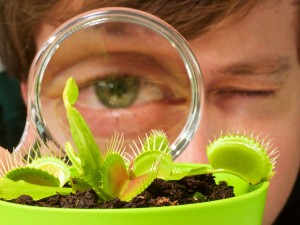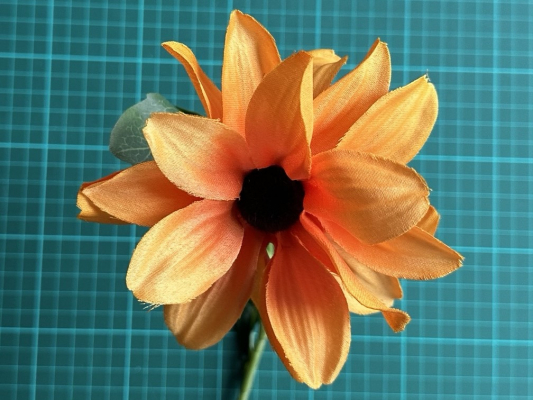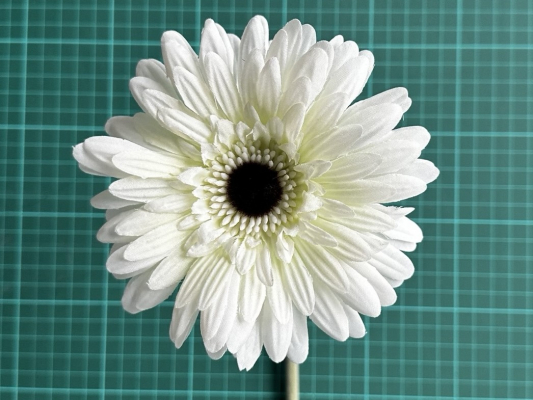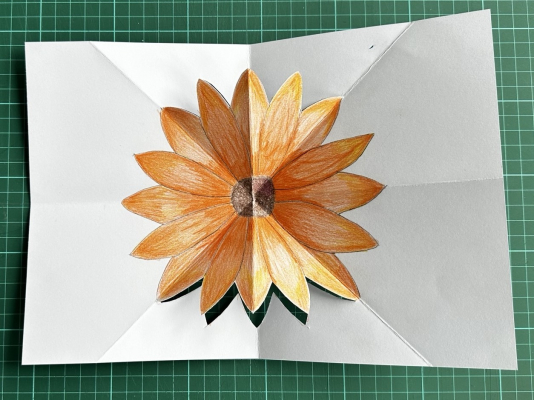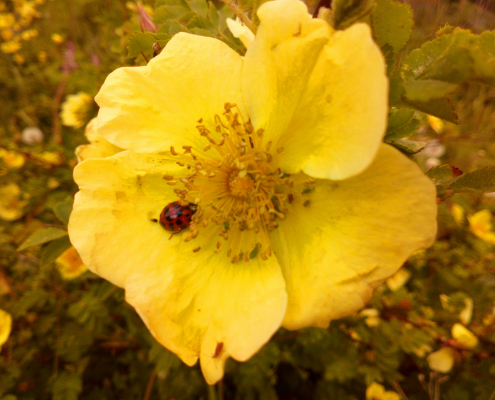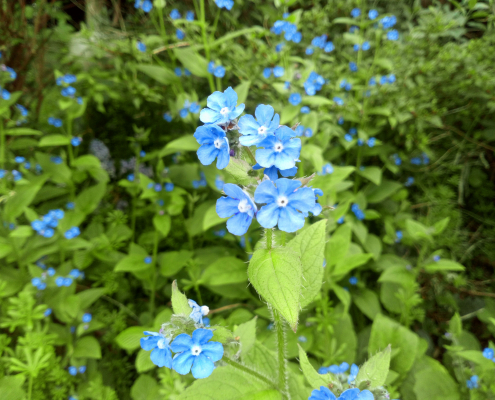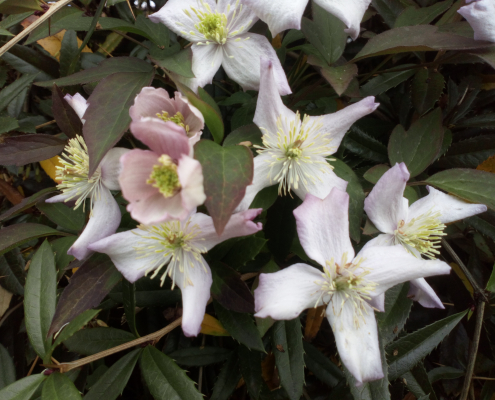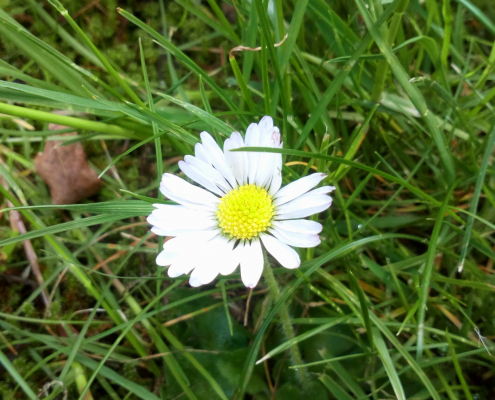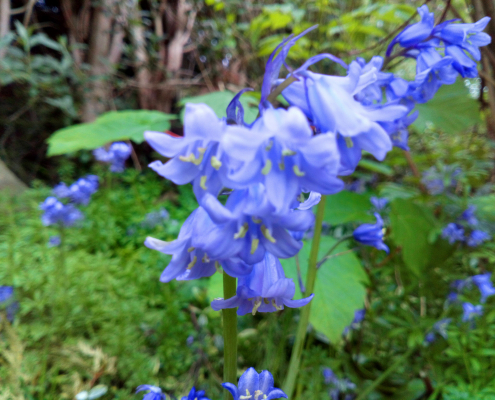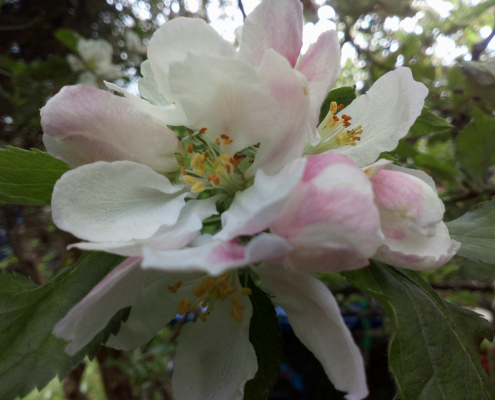Ask your child: what is a botanist?
Today NUSTEM have been into school to do the botanist workshop with your child. During the workshop, we supported the children to feel more confident that a career in STEM is for ‘people like them’ by trying some of the activities a botanist would do in their job.
We introduced three attributes that the children may already have or can develop. By discussing STEM careers in terms of these attributes, we are encouraging children and young people to see themselves as having the skills to work in STEM.
Botanists are: curious, patient and observant.
What do Botanists do?
Botanists study plants including algae, fungi, lichens, mosses, ferns, conifers and flowering plants. They study how plants live and grow, the evolution of plants and the relationship plants have with their environments. Botanists’ research involves improving crops, developing medicines, cleaning up contaminated sites, and even powering our cars.
This botanist is investigating stinking corpse lilies. These lilies produce the largest individual flower on Earth. They smell of decaying flesh to attract insects to aid pollination. The stinking corpse lily is native to the rainforests of Sumatra and Borneo.
Do try this at home: make a plant pop up
During our botanist session in class we looked at Venus Fly Traps. We made these plant pop-ups to record our observations in a creative and imaginative way.
During our session we made pop-ups based on the two flowers below. You can download the PDF instructions to make these pop ups at home.
You may have a favourite flower in your house, garden or yard that you would like to observe and record using a pop-up. If you haven’t, then you could use one of our flower photographs as inspiration.
Do try this at home: make an animal pop-up
We like to show what we know about STEM in creative and imaginative ways. These pop ups will let you record your observations about animals while developing your paper engineering skills. Visit our NUSTEM pop-ups page to have a go at making animal mouths.

